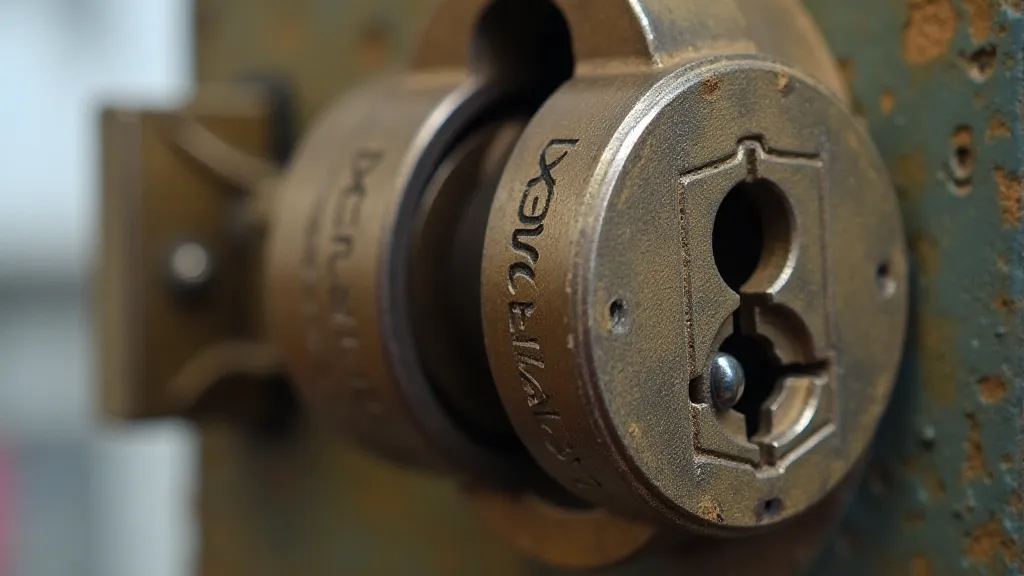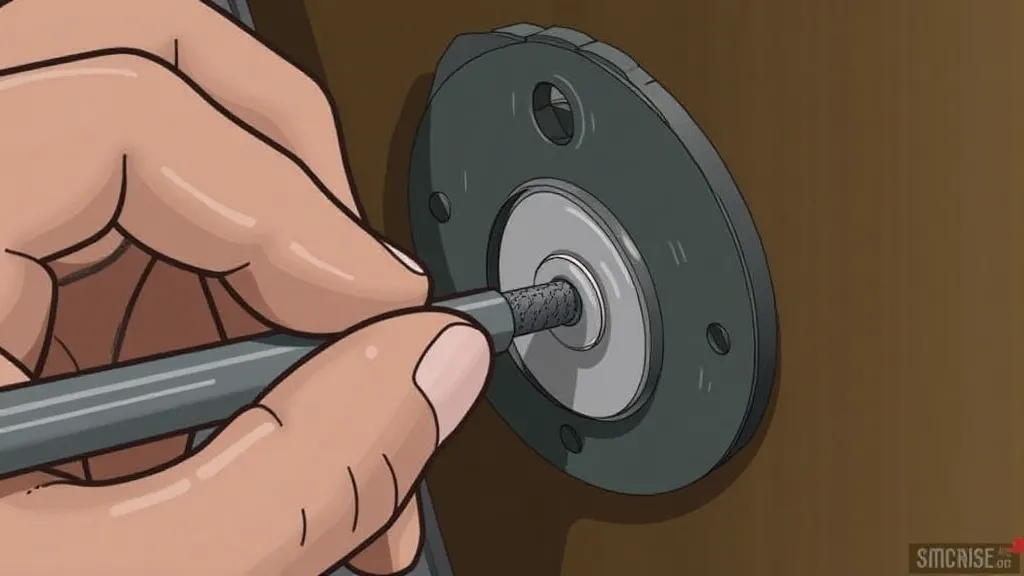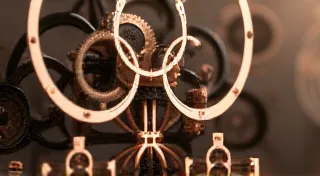The Shear Line Explained: Your First Step to Successfully Picking a Lock
Welcome to the fascinating world of lock picking! While it might seem intimidating at first, understanding the fundamental concepts is key to progress. One of the most crucial concepts to grasp is the “shear line.” This article will break down what it is, why it's vital, and how to identify it. Remember, we're focused on recreational and educational purposes, always emphasizing ethical considerations and respecting legal boundaries.
What is the Shear Line?
The shear line represents the point where the cylinder (or plug) of a lock rotates past the stationary part (the housing). It's the moment when the pins, properly manipulated, align to allow that rotation. Think of it as a very small gap that needs to be bridged – and that bridging requires precision and feel.

Why is the Shear Line Important?
Successfully navigating the shear line isn't just about "getting it right" once. It’s about understanding the feedback you receive as you work. The feel, the sound, and the visual cues all combine to tell you how close you are to opening the lock. Missing it means the pin stacking hasn't been achieved, and you’re simply spinning the cylinder without proper alignment.
Identifying the Shear Line: The Feel
The “feel” of the shear line is subtle, but with practice, you’ll recognize it. As you apply tension to the bottom of the lock with a tension wrench, the pins will slowly rise. As you approach the shear line, you’re likely to notice a slight ‘click’ or a change in resistance. It’s a moment of equilibrium - a pause before the cylinder rotates. Too much tension will bind the pins. Too little and you won’t feel anything definitive.
Identifying the Shear Line: The Sound
The sound associated with the shear line can be incredibly informative. It’s often a quiet click or a gentle ‘tick.’ It’s not a loud pop, but a whisper indicating the pins are setting. The clarity of this sound can depend on the lock's quality and condition. Always be mindful of the sounds you're creating; avoiding drawing unnecessary attention is part of the ethical responsibility we emphasize.
Identifying the Shear Line: The Visual Cues
Sometimes, you might be able to see a subtle change in the lock's appearance as you approach the shear line. The cylinder might move very slightly, or the gaps between the cylinder and the housing might become more apparent. These visual cues are often accompanied by the feeling and sound mentioned above.

Tension and Pin Stacking: The Dynamic Duo
The shear line isn't simply about getting the pins to the right height. It's about the relationship between the tension you apply and the pin stacking that occurs. Tension creates the force that allows the pins to rise, while the picking tool manipulates their individual heights. When the pins stack correctly and the tension is right, they set at the shear line, allowing the cylinder to rotate. If the tension is too high, the pins will bind and be impossible to manipulate. If the tension is too low, you won’t feel anything.
Practice and Ethical Responsibility
Mastering the shear line takes practice and a keen sense of feel. Start with simpler locks and gradually work your way up. Always remember the importance of ethical considerations. Lock picking should be used for recreational purposes, learning, and educational value. Never use your skills to illegally access property or compromise security. Respect the law and the privacy of others.

By understanding the shear line and the dynamic interplay of tension and pin stacking, you’re well on your way to a deeper understanding of lock picking. Keep practicing, stay ethical, and enjoy the journey!





